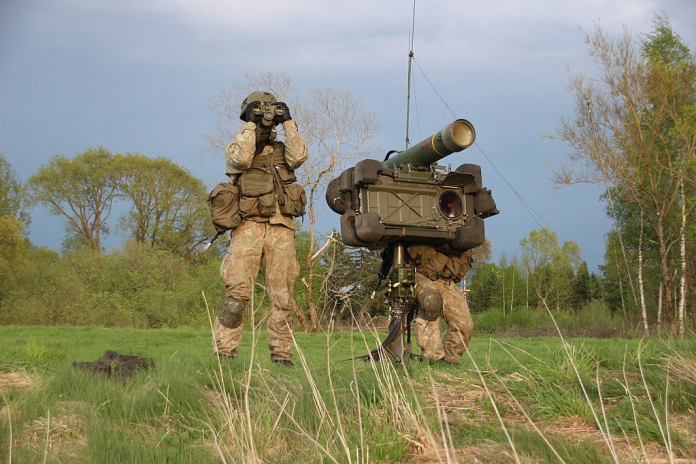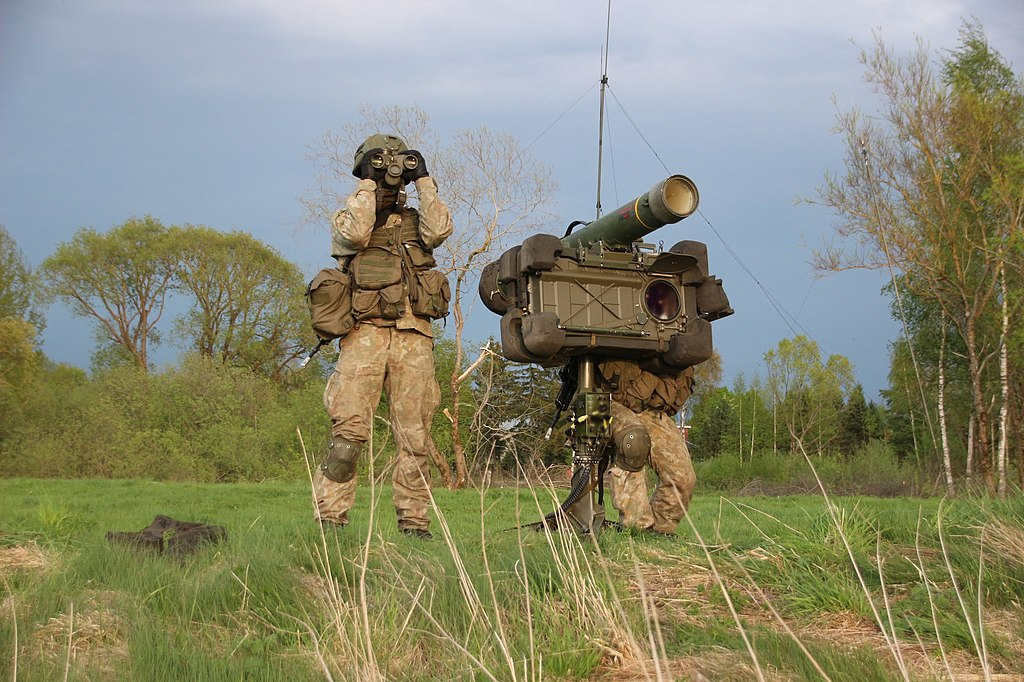
When they start shutting down airports, it ceases being a harmless prank and turns into a geopolitical flashpoint. Lithuania’s recent decision to shoot down unidentified balloons crossing from Belarus dramatically escalates tensions along NATO’s eastern flank. What appears as low-tech incursions is, in the view of Vilnius, deliberate hybrid warfare tactics to test defenses with an aim to destabilize the region.
Over the past weeks, Lithuania has been repeatedly troubled by instances of disturbances to its civil aviation, alleged airspace violations by Russian military aircraft, and a surge in cross-border smuggling operations masquerading as meteorological activity. Officials describe these incidents as part of a broader pattern of calculated provocations, with several linking them to Russia’s war in Ukraine and Belarus’ role as a willing proxy. The following list breaks down the most critical developments shaping this volatile confrontation.
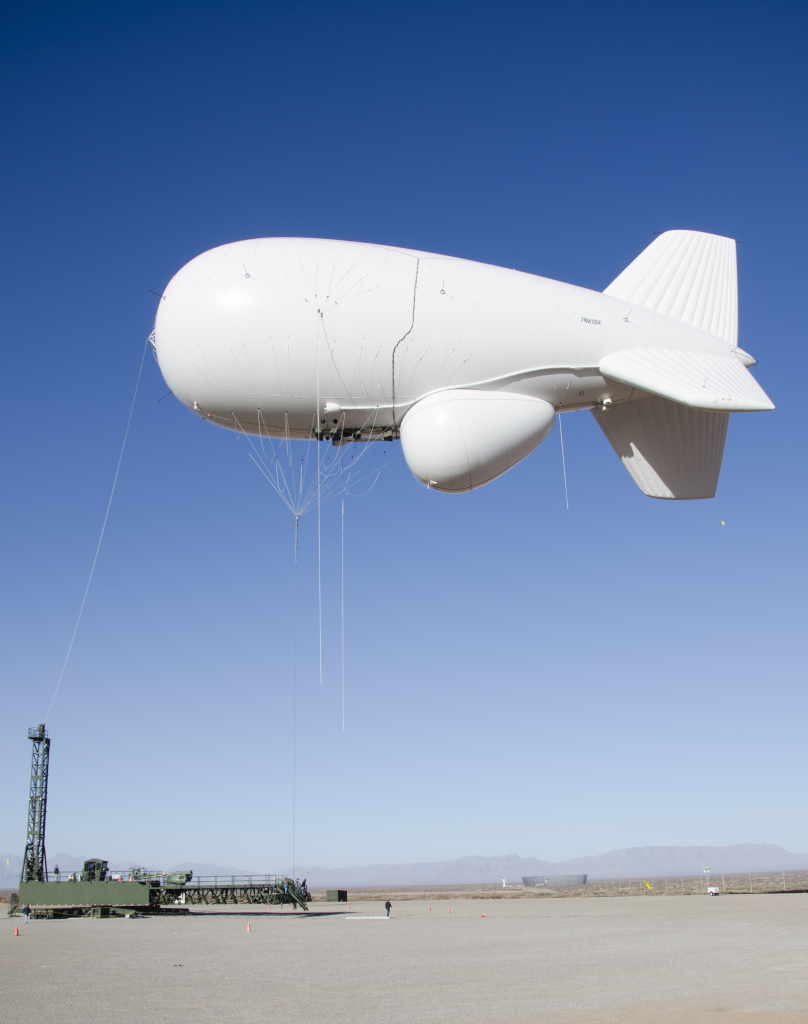
1. Balloons as a Hybrid Warfare Tool
The Lithuanian government has described the incursions as hybrid attacks that combine criminal smuggling with political provocation. “No hybrid attack will be tolerated,” said Prime Minister Inga Ruginienė, placing the incidents in the context of a broader campaign to undermine NATO cohesion. The balloons-which weigh as much as 130 pounds-can be a real hazard for aircraft, forcing closures at Vilnius International Airport and other hubs. Authorities suspect that contraband cigarettes are packed onto the balloons by Belarusian smugglers, using wind currents to carry them over the border into the EU. While the smuggling itself is hardly new, it has become a national security issue because of the sheer scale: there have been 544 recorded incursions this year. Lithuania argues that Belarus’ failure to act amounts to complicity.
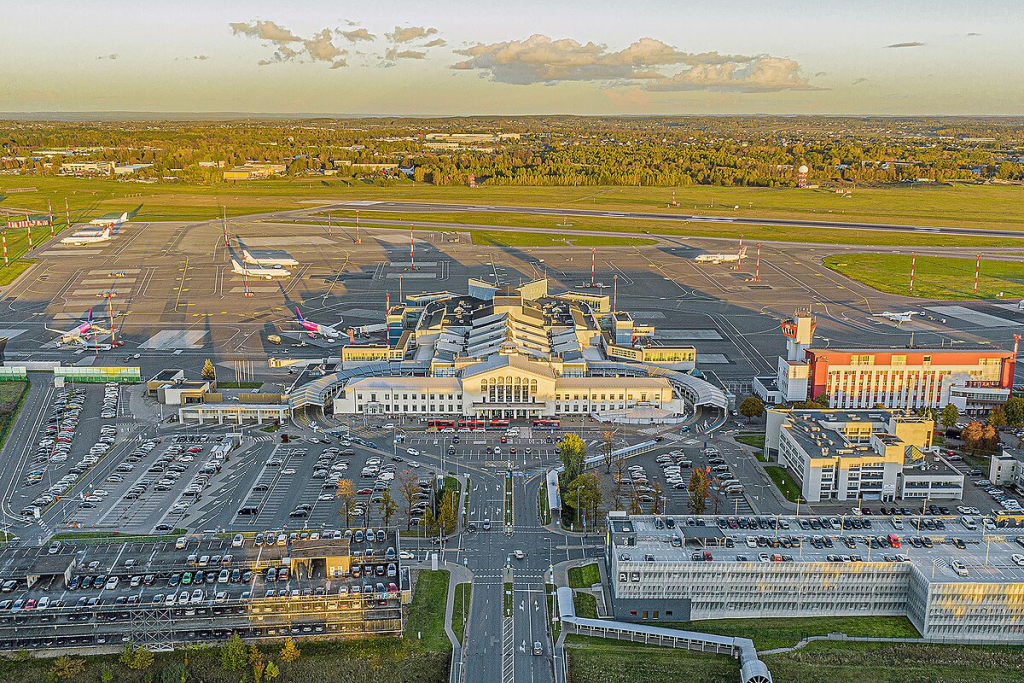
2. Airport Disruptions on an Unprecedented Scale
In one week, Vilnius Airport was closed four times due to balloon incursions. Over 170 flights and tens of thousands of passengers were affected. During one weekend, this meant 112 flights and 16,500 passengers. These closures are a reflection of similar disruptions caused at Copenhagen, Munich, and Baltic airports by drones-a vivid pointer to the sensitivity of civil aviation to asymmetric threats. Incidents are growing in frequency according to Lithuania’s National Crisis Management Centre, which reported 966 balloon incursions last year.
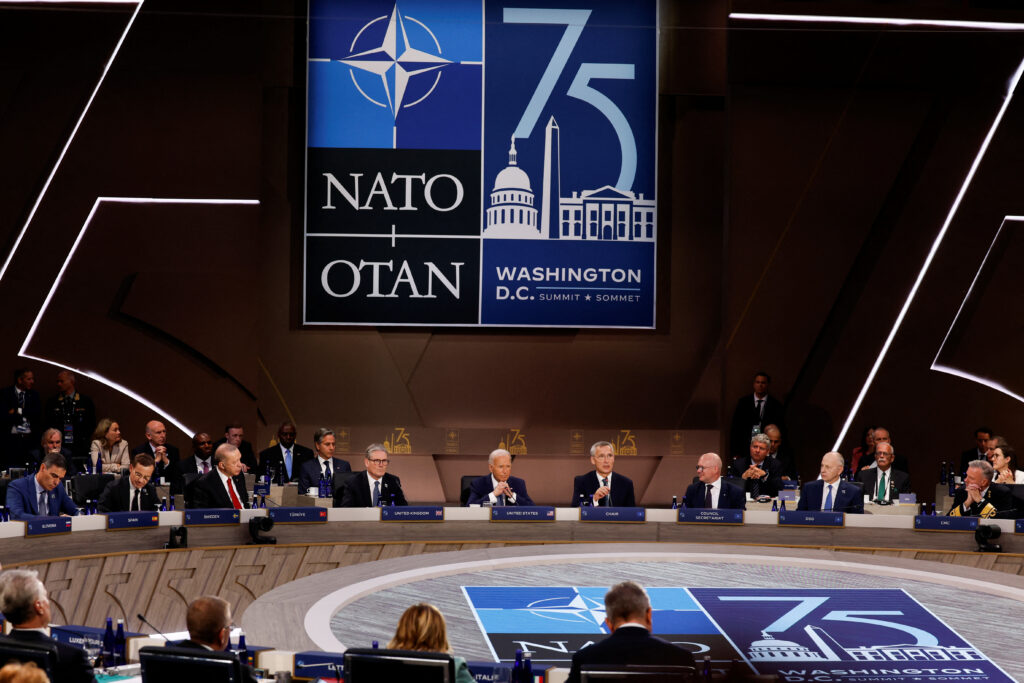
3. NATO’s Article 4 on the Table
Lithuania is considering invoking Article 4 of the NATO treaty, which entitles members to request consultations when they feel their security is threatened. Only nine times has this measure been invoked in the history of the alliance, including most recently by Poland and Estonia following Russian violations of their airspace this September. Foreign Minister Kęstutis Budrys characterized the situation as “deliberate escalation of hybrid warfare from Russia and its proxy Belarus,” calling for firmer deterrence measures from NATO and additional sanctions against Minsk.
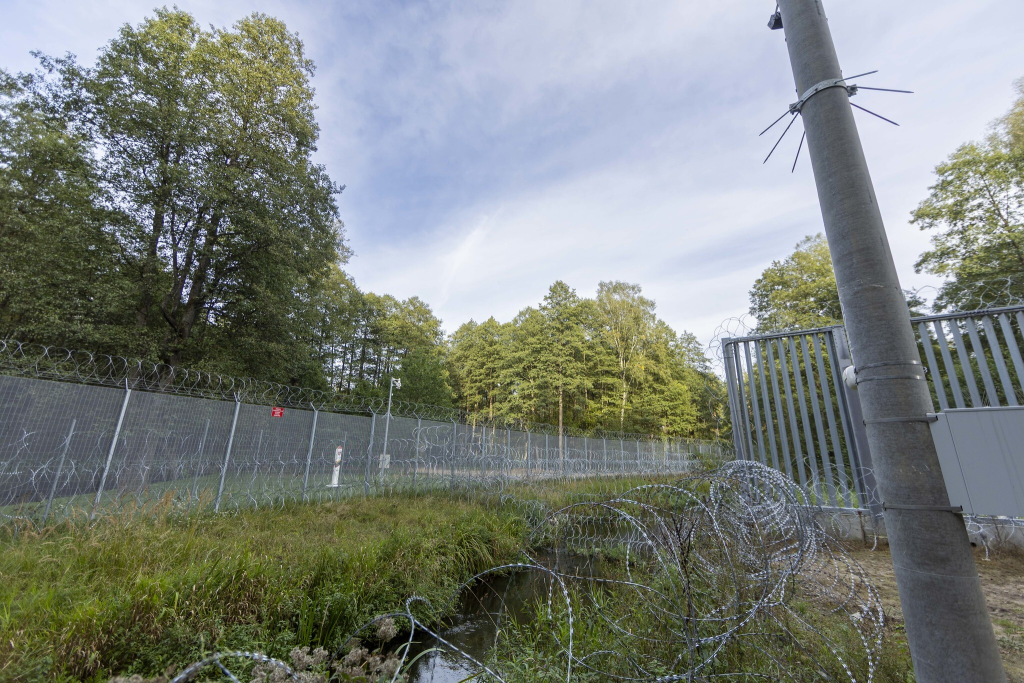
4. Closure of Border with Belarus
In response, Lithuania has closed its nearly 400-mile border with Belarus to everyone except diplomats, EU citizens, and returning nationals. The move intends to serve as a clear signal to Minsk that continued incursions will have real consequences. Belarus has protested the closure as a violation of rights and freedom of movement for citizens. Lithuanian officials, however, believe it is necessary to limit the operational reach of smugglers and prevent the risk of further provocations.
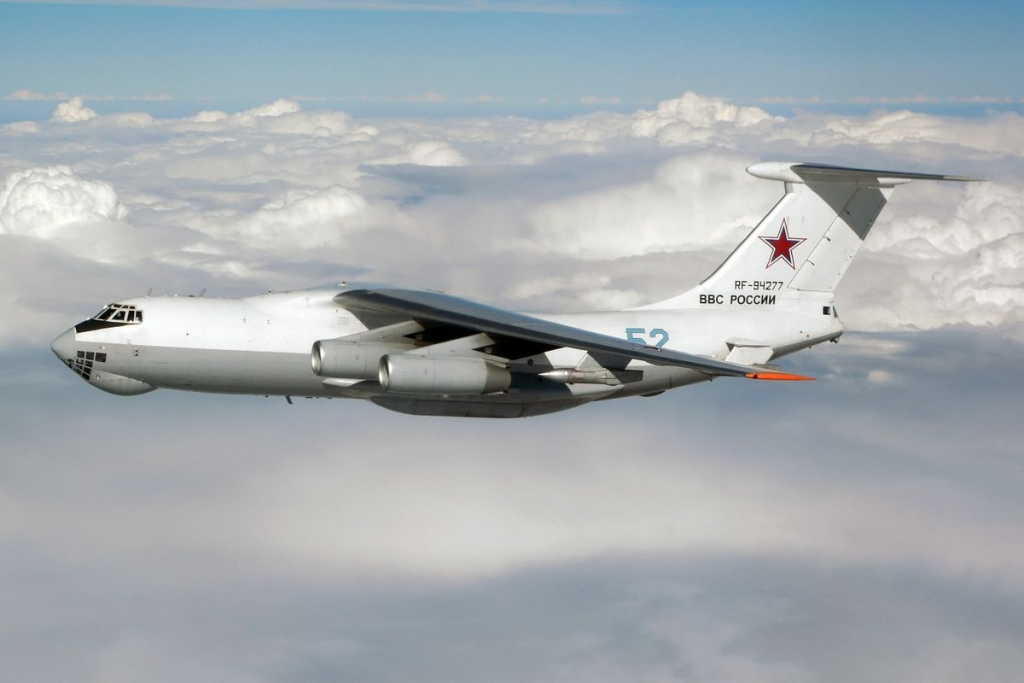
5. Russian Military Aircraft Breaches
On October 23, Lithuania said a Russian Su-30 fighter and an Il-78 tanker crossed into its airspace from Kaliningrad, flying about 2,300 feet into Lithuanian territory before exiting after 18 seconds. NATO scrambled Spanish Eurofighter Typhoons in response. President Gitanas Nausėda denounced the action as “a blatant breach of international law and territorial integrity of Lithuania.” Russia’s defense ministry denied the violation, saying the flights followed international rules.
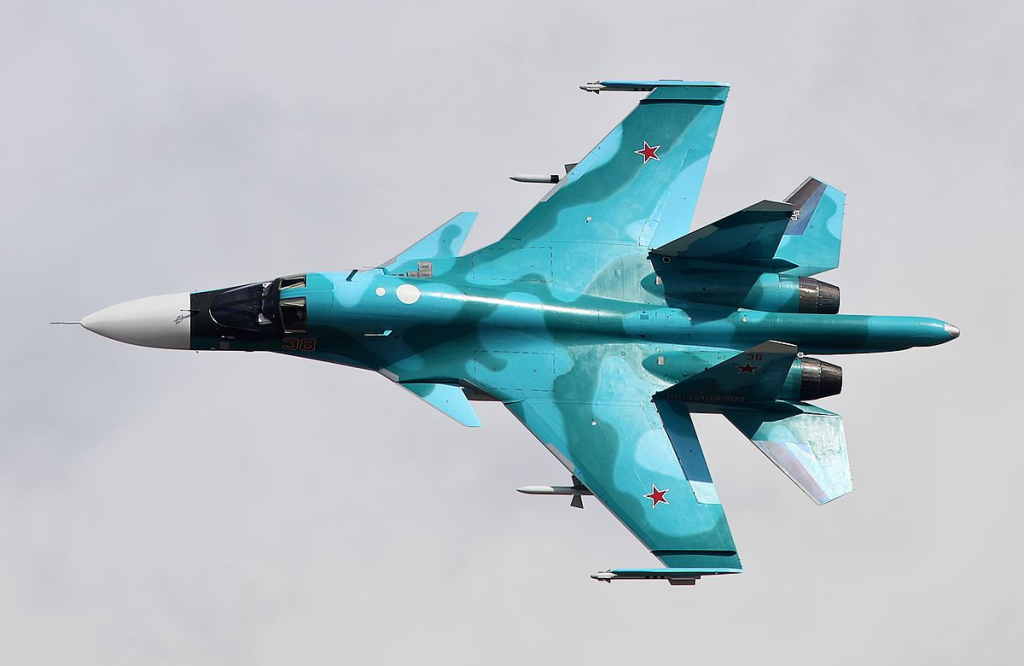
6. Pattern of Regional Airspace Violations
Such incidents are part of a broad pattern of provocations: in September, Estonia accused Russian fighter jets of staying in its airspace for 12 minutes, and Poland shot down 19 Russian drones earlier that same month. Violations by Romania and Denmark have also been reported. NATO has initiated Operation Eastern Sentry, which is meant to reinforce the alliance’s eastern defenses, deploying assets from France, Germany, Denmark, and the UK to counter such threats.

7. Smuggling Operations with Strategic Overtones
Smuggling cigarettes with balloons may seem like low-level crime, but Lithuanian officials suspect it plays a dual role: bringing economic gain for the smugglers and political leverage for Belarus and Russia. Using balloons is reminiscent of tactics employed in Ukraine, where Russia uses them as decoys to test air defenses. Deividas Matulionis, an adviser to the Lithuanian president, described the incidents as part of a “hybrid psychological operation” that includes disrupting daily life and undermining public confidence in state security measures.
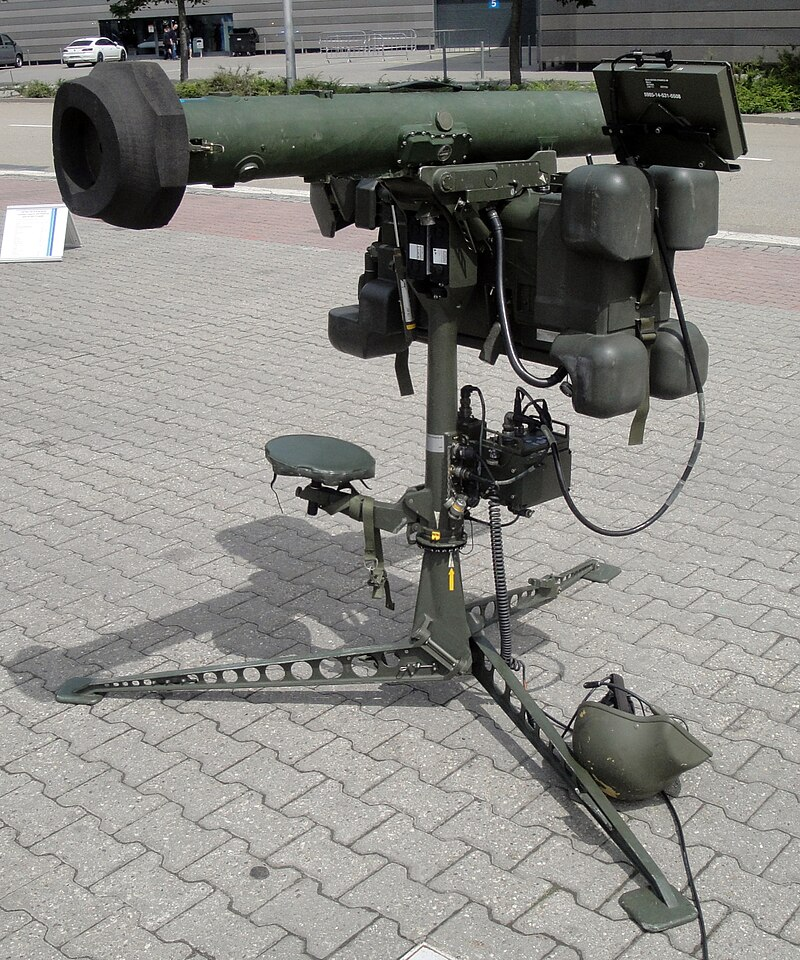
8. Air Defense Challenges
The Lithuanian Air Defence Battalion is equipped with NASAMS, RBS 70, Avenger systems, and MANPADS; however, intercepting these balloons remains technologically challenging. Even large targets can be difficult to track and destroy in poor weather conditions. Fighter jet coverage comes courtesy of NATO’s Baltic Air Policing mission, with Hungarian Gripens and Spanish Typhoons currently providing the cover. Ground-based systems from other members rotate through Lithuania to bolster its defenses.

9. Diplomatic Pressure and Sanctions
Lithuania has summoned diplomats from Belarus and Russia to lodge formal protests about the repeated airspace violations. There are increasing demands for stricter European Union sanctions against Belarus, as Ursula von der Leyen, the president of the European Commission, called the balloon incursions “a hybrid threat” and promised solidarity. The diplomatic push is aimed at isolating Minsk and signaling that hybrid tactics will be met with coordinated political and economic countermeasures.

10. Testing NATO’s Resolve
Analysts warn such provocations are designed to probe thresholds of response in NATO. According to former NATO Deputy Supreme Allied Commander General Sir Richard Shirreff, if Russia “smells weakness”, it will continue with aggression. It is a concern echoed by Lithuania’s leadership, who says, “our response will determine how far autocrats dare to go.” The incidents are not seen as isolated nuisances but as part of a sustained campaign to destabilize the alliance’s eastern flank.
A dispute between Lithuania and its neighbors Belarus and Russia over balloons is not about borders; it is a test case for NATO on the response to new, unconventional provocations. Melding low-tech tools with high-stakes geopolitical signalling, the provocateurs are compelling the alliance to adapt its defenses and diplomatic posture. The coming weeks will show whether these measures will deter further escalation or usher in a prolonged hybrid warfare campaign on Europe’s eastern edge.
